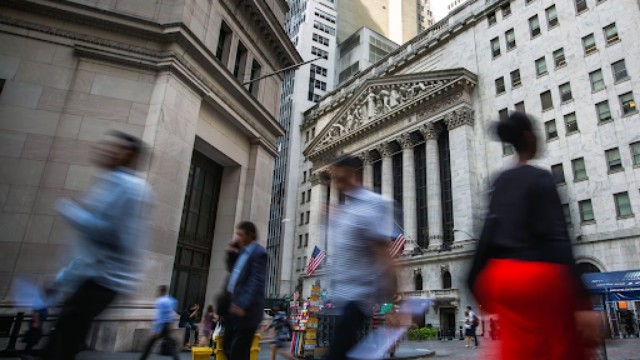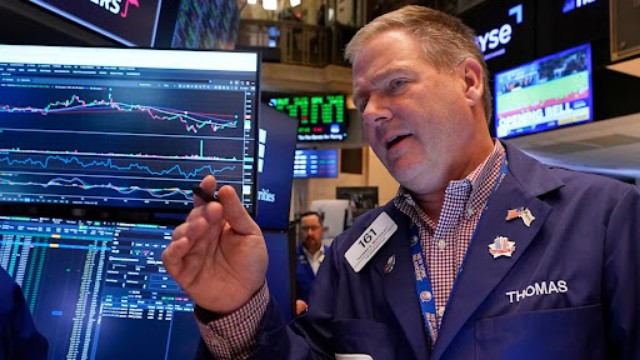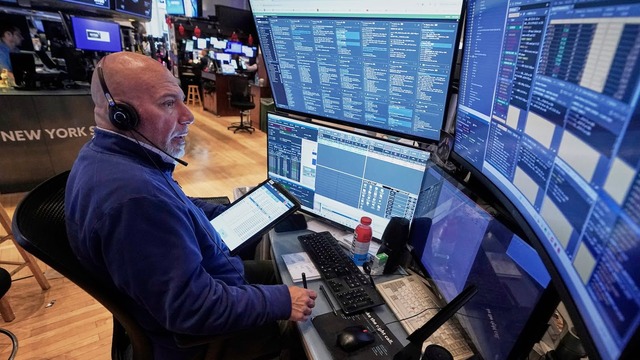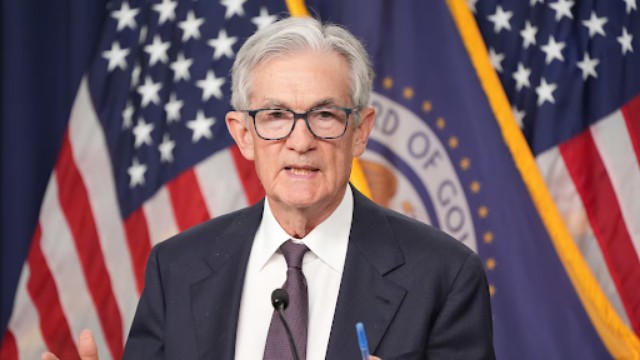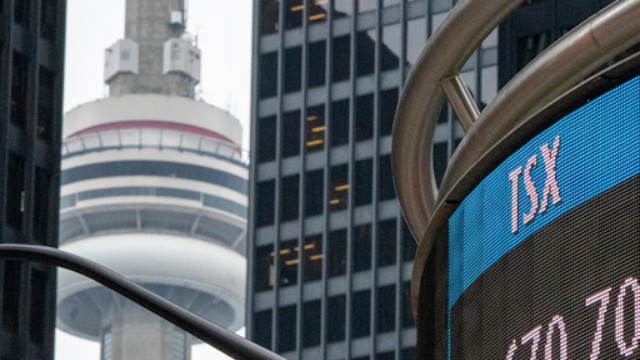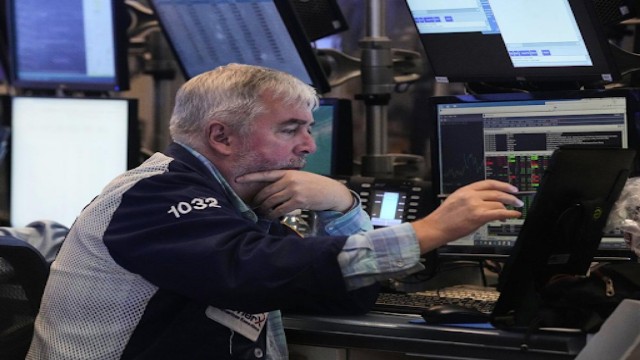
A currency trader monitors screens displaying the Korea Composite Stock Price Index (KOSPI) and the exchange rate between the U.S. dollar and the South Korean won at the foreign exchange trading room of KEB Hana Bank in Seoul, South Korea, on Wednesday, May 14, 2025. (AP Photo/Ahn Young-joon)
Asian stock markets showed modest gains on Wednesday as investors welcomed the temporary trade truce between the United States and China. Though relief was visible across several markets, the mood remained cautious as uncertainties linger about what comes next in the ongoing trade conflict between the two economic giants.
In Japan, the Nikkei 225 slipped by 0.8%, closing at 37,874.59. Australia’s S&P/ASX 200 also edged down by 0.1% to finish at 8,260.40. However, other major Asian indices moved upward. South Korea’s Kospi climbed 1.1% to 2,635.86. Hong Kong’s Hang Seng Index jumped 1.1% to 23,367.57, and China’s Shanghai Composite added 0.1% to reach 3,377.75.
The market movement follows news that the U.S. and China have agreed to pause their trade dispute for 90 days. While this has brought short-term relief, many analysts and investors remain cautious. There’s concern that without a long-term agreement, tariffs could rise again, affecting global trade and economic stability.
Brian Coulton, chief economist at Fitch Ratings, noted that without a permanent deal, businesses still face uncertainty. He highlighted that existing tariffs and the lack of clarity around future ones will continue to shape economic projections.
Meanwhile, in the U.S., a report showing that inflation eased slightly last month helped boost investor confidence. The S&P 500 rose 0.7% to 5,886.55. The Nasdaq jumped 1.6% to 19,010.08, while the Dow Jones dipped by 0.6%, ending the day at 42,140.43.
The S&P 500, which had dropped close to 20% below its record last month, has since bounced back and is now just 4.2% below its all-time high. Much of the optimism stems from hopes that President Trump may reconsider heavy tariffs, which many fear could trigger a recession and push inflation even higher.
Interestingly, despite ongoing global tensions, inflation in the U.S. actually cooled slightly in April. It fell to 2.3% from 2.4% in March, surprising many who expected a rise due to rushed imports and existing tariffs. This dip in inflation reduces the risk of a troubling economic condition known as stagflation—when prices soar while growth stalls.
Still, experts warn that inflation may creep back up if tariffs remain or increase. As a result, the Federal Reserve is likely to hold off on interest rate changes until more data comes in. The uncertainty leaves investors in a holding pattern, waiting for more clarity.
In market-specific news, artificial intelligence stocks performed strongly. Nvidia jumped 5.6% after it announced a deal with Saudi Arabia’s AI startup Humain to supply 18,000 chips for a data center project.
Treasury yields moved slightly higher as investor confidence in the U.S. economy grew. The 10-year Treasury yield increased to 4.48%, while the 2-year yield rose to 4.01%.
Oil prices dipped. U.S. crude dropped 44 cents to $63.23 per barrel, and Brent Crude fell 46 cents to $66.17. On the currency front, the dollar slightly weakened to 147.16 yen, and the euro ticked up to $1.1192.


